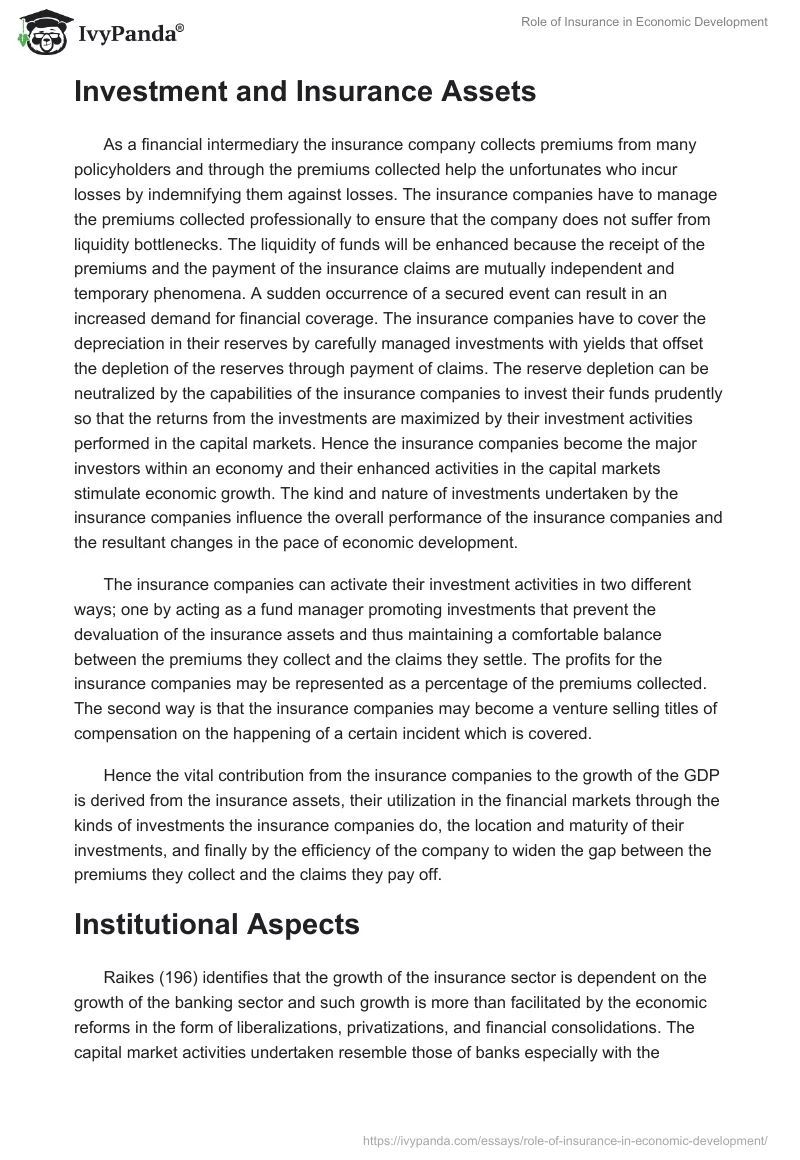Pacific Prime Fundamentals Explained
Pacific Prime Fundamentals Explained
Blog Article
Things about Pacific Prime
Table of ContentsSome Known Factual Statements About Pacific Prime Some Ideas on Pacific Prime You Should KnowHow Pacific Prime can Save You Time, Stress, and Money.The Only Guide for Pacific Prime
In the majority of states, the insurer is required to send you a copy of the changes to your plan. It is essential that you read Endorsements or Cyclists so you recognize exactly how your policy has transformed and if the plan is still appropriate to fulfill your requirements. To get a duplicate of your insurance coverage, please contact your insurance agent or company.
The Institute of Medicine (IOM) Board on the Repercussions of Uninsurance launches an extensive examination of evidence that addresses the importance of wellness insurance protection with the publication of this record. Insurance coverage Matters is the first in a series of 6 reports that will be provided over the following 2 years recording the truth and consequences of having actually an approximated 40 million people in the United States without health insurance policy protection.
:max_bytes(150000):strip_icc()/how-does-insurance-sector-work.asp-FINAL-1ccff64db9f84b479921c47c008b08c6.png)
The 4-Minute Rule for Pacific Prime
The goal of this series of studies is to redouble plan interest on a longstanding trouble. Complying with the lengthiest financial development in American background, in 1999, an approximated one out of every 6 Americans32 million adults under the age of 65 and more than 10 million childrenremains uninsured (Mills, 2000).

Ten percent of the populace make up 70 percent of healthcare expenditures, a connection that has continued to be constant over the previous three years (Berk and Monheit, 2001) - global health insurance. Thus health and wellness insurance policy proceeds to serve the function of spreading threat also as it progressively funds regular treatment. From the perspective of healthcare providers, insurance coverage lugged by their patients aids protect a revenue stream, and areas gain from monetarily sensible and stable wellness care professionals and establishments
Government gives health and wellness insurance coverage to populaces whom the exclusive market may not offer properly, such as disabled and senior citizens, and populaces whose accessibility to health treatment is socially valued, such as children and expecting females. The supreme ends of medical insurance coverage for the private and areas, consisting of workplace areas of employees and companies, are enhanced health and wellness outcomes and quality of life.
Indicators on Pacific Prime You Need To Know
Staff members place medical insurance initially without a doubt in value among all the advantages offered in the work environment (Salisbury, 2001). Although there have actually been sizable financial investments of personal and public funds to offer medical insurance, lots of people still have no protection. Despite substantial reporting of study searchings for and wellness care research study results, the public stays confused and mistaken about Americans without health insurance coverage and the ramifications of page lacking protection.

Without doubt, the complexity of American wellness treatment funding devices and the wealth of resources of details contribute to the general public's confusion and hesitation regarding medical insurance data and their interpretation. This report and those that will adhere to aim to boil down and present in readily easy to understand terms the considerable research study that bears upon concerns of health insurance coverage and its value.
Fifty-seven percent of Americans polled in 1999 believed that those without medical insurance are "able to get the care they need from medical professionals and hospitals" (Blendon et al., 1999, p. 207). In 1993, when national attention was focused on the problems of the without insurance and on pending healthcare regulations, just 43 percent of those questioned held this belief (Blendon et al., 1999).

They also get fewer precautionary solutions and are much less likely to have routine treatment for chronic problems such as hypertension and diabetes. Chronic diseases can result in pricey and disabling difficulties if they are not well managed (Lurie et al., 1984; Lurie et al., 1986; Ayanian et al., 2000). One nationwide survey asked greater than 3,400 grownups concerning 15 highly severe or dark problems.
Get This Report on Pacific Prime
Added evidence exists later in this chapter in the conversation of insurance coverage and accessibility to healthcare. https://sitereport.netcraft.com/?url=https://www.pacificprime.com. Individuals without health and wellness insurance are young and healthy and select to go without coverage. Virtually half (43 percent) of those checked in 2000 believed that people without health insurance coverage are more probable to have health issues than individuals with insurance policy
Citizens and plan makers in emphasis team conversations characterize those without insurance as youngsters that have the possibility to be covered and feel they do not require it (Porter Novelli, 2001). Contrasted to those with at the very least some exclusive insurance coverage, the uninsured are less most likely to report remaining in exceptional or great health (Agency for Medical Care Research and High Quality, 2001).
RESOURCE: Center for Cost and Financing Studies, Company for Healthcare Research Study and Quality, based upon MEPS data. Young person in between 19 and 34 are even more likely to do not have medical insurance than any other age. This is primarily since they are less commonly qualified for employment-based insurance coverage because of the nature of their work or their brief period in it.
The assumption that individuals without insurance have better-than-average health follows from puzzling the fairly young age account of the uninsured with the much better health, usually, of younger persons. This obscures the web link in between health standing and medical insurance. For those without access to workplace medical insurance, bad health is a prospective obstacle to acquiring nongroup protection since such insurance coverage may be extremely valued, omit preexisting conditions, or be simply unavailable.
Report this page